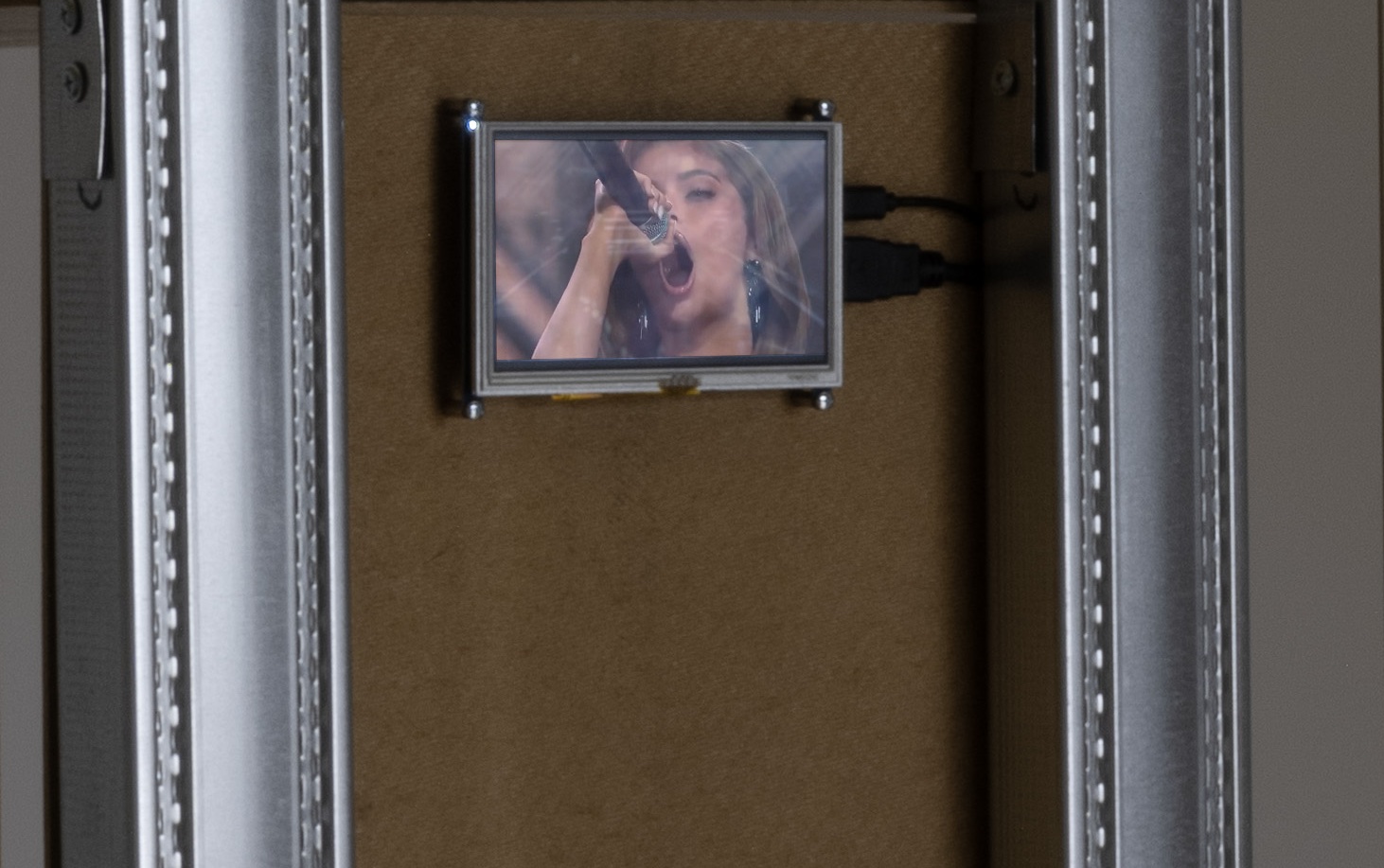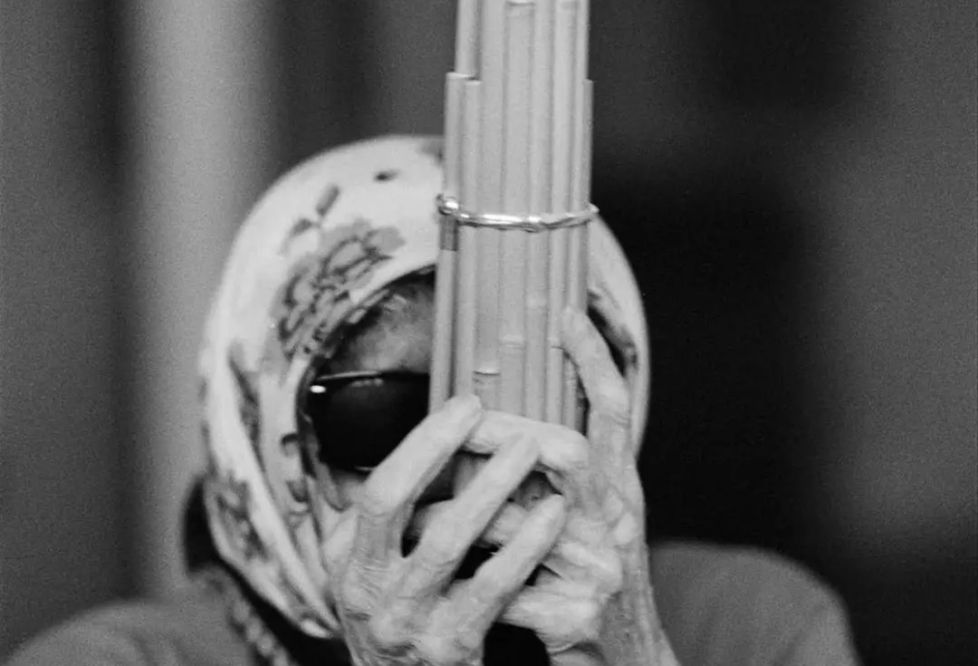
Med den eksepsjonelt vide undertittelen Samtidskunsten og det virtuelle presenterer Henie Onstad Kunstsenter i dag en gruppeutstilling som fremholder det virtuelle som en innfløkt relasjon til verden som ikke bare er digital. Den er også politisk, biologisk, emosjonell og miljømessig. Myths of the Marble presenterer dette mer holistiske perspektivet på det virtuelle i et bredt spekter av medier, inkludert 16mm film, maleri og skulptur, så vel som nye klassikere som VR-teknologi.
Oslo-baserte Ignas Krunglevičius og Ane Graff er representert, det er også Susanne Winterling, professor ved Kunstakademiet i Oslo. Ellers er kunstnerlisten internasjonal, med kunstnere basert i Europa og USA, hvor flere av disse for første gang vises ved en norsk institusjon: Rachel De Joode og Shahryar Nashat er basert i Berlin, Daria Martin i London, Florian Meisenberg, Sondra Perry og Jacolby Satterwhite i New York, mens Cayetano Ferrer bor og arbeider i Los Angeles. I tillegg er den franske filmskaperen Chris Marker (1921-2012) representert i utstillingen.
Kunstkritikk snakket med kuratorene Milena Høgsberg (HOK) og Alex Klein (ICA, Pennsylvania) om virtualitet, økologi og politisk påvirkningskraft. Intervjuet ble gjennomført på engelsk.

How did this exhibition and collaboration come about?
The project grew out of a dialogue that was initiated when we first met when Alex visited Oslo during her OCA residency in 2013. At the time we were both working on exhibitions that explored the staging and shifting status of bodies, objects, and architecture at a technological turn. These exhibitions, Human-Space-Machine: Stage Experiments at the Bauhaus (HOK) and Barbara Kasten: Stages (ICA), which were rooted in a more historical and analog register, for us echoed concerns of the present both with regard to contemporary art and politics.
In the press release you define virtuality as something that spreads through both physical and online experience, with the emphasis being more on the effect of the virtual on the “physical” side of things. Could you perhaps describe the concept of virtuality that you operate with in more detail?
Critic Homay King’s thinking on this subject has been influential to us. In her essay for the exhibition catalogue she observes that the virtual is not solely synonymous with a computer-generated simulation, but provides a space of potential. She argues that the virtual “is continuous with our own reality… connected to our own world and made of the same stuff.” In effect the virtual is both inextricable from our lived reality and sociopolitical experience, but it also “reaches for something slightly beyond this world.” The exhibition revolves around this tension between real life limitations and the potential to reach beyond them.

How do the artists relate to this concept?
We commissioned seven new works for this exhibition and worked very closely with the artists to develop the language around the show. This thinking together also brought other forms of virtuality into the exhibition that revolve around extensions of space and the body. For example, through the artists we became very interested the metaphors of the Skybox and the prosthetic, which both speak to limits and new possibilities. The Skybox, which came out of conversations with artist Florian Meisenberg, is a term used in video games to describe the illusion of a limitless horizon in a computer-generated environment that is in fact a distinct boundary. In the same way, the prosthetic connotes a bodily extension or enhancement while it points to a lack.
The exhibition architecture is described as a maze. What informed this choice?
Some of this was practical. We wanted to make sure that each artist was given the space they needed to create their own environment. Conceptually it is more about the physical navigation in the space and the thematic links between the artists.

The title, Myths of the Marble, trigger two interesting thoughts: firstly, by alluding to “the blue marble” – the first image of the planet earth taken from space – you imply a narrative of technological advancement that triggers radical shifts in our perception. Secondly, it seems to state that our understanding of our world, ourselves and our relationship with the virtual rely on myths.
At its core the exhibition revolves around how we image and imagine the world as a site of possibility and set of limitations. “The Blue Marble” is a great touchstone because it refers to the 1972 NASA photograph of the Earth, both an omniscient God-like view of the world, and an insignificant blue dot in space. We were interested in the double meaning of the word marble in English. Marble in this sense is both an image and stone, the material stuff of artistic practice. This gestures to the context of the museum itself as a place where narratives, or myths, about history are constructed and constrained.
You propose the virtual to be almost like a political navigation tool or imaginary. As more and more people feel the need to take to the streets instead of imagining new political realities, it could seem like the virtual (understood as the digital) is no longer enough. What intersection between the virtual and politics are you emphasizing here and what promise does it hold?

Referring back to your mention of Silicon Valley, the exhibition distinctly proposes another language that allows us to reclaim the virtual as something other than an escapist technology promoted by corporations. It is somewhat ironic that in our current moment when we have the capacity to render the world in the highest definition that reality is itself is being articulated as a fiction or series of “alternative facts”. Filmmaker Harun Farocki had a wonderful observation that as digital technologies have become the dominant means of representation, analog technology is liberated to do something else. This is a question that we find intriguing. The exhibition is charged with politics pertaining to how we perceive and come into contact with other bodies, other species and the objects that populate our world. Something which we have been especially thinking about with artists Susanne Winterling and Ane Graff.
We’ve seen several takes on the “virtual” over the past years, often relying heavily on state-of-the-art technologies or exclusively digital aesthetics, like the computerized image. Is there something under-explored or under-represented, if you will, about our relation with the virtual that you hope to present with this exhibition?
The exhibition is not hinged on new technology, but deliberately explores the virtual through various mediums, ranging from 16 mm film and painting to VR technology and 3D animation. For us the analog and the digital are not binary. For example, the Chroma key blue paint in Sondra Perry’s installation and the green screen-colored prop in Shahryar Nashat’s video are examples of the works in the exhibition that point to the physical properties behind the seeming immateriality of the virtual. These are tools that are used in cinema and video production to modify backdrops and images. While our current moment necessitates productive critical reflection, the exhibition also proposes that there are political stakes in the reimagining of our relationship to our temporal and material experience.












Leserinnlegg